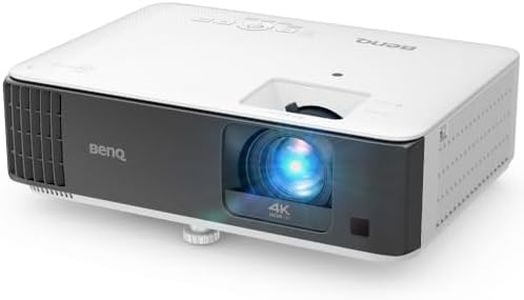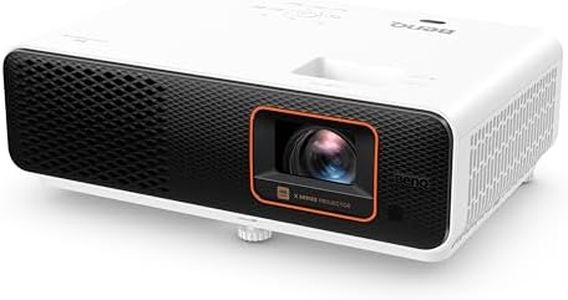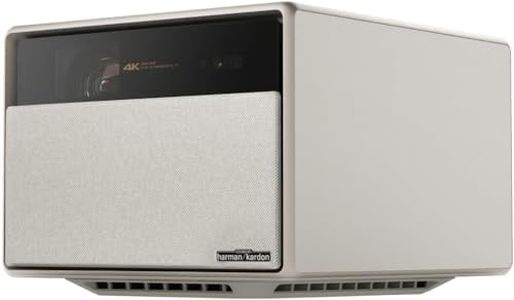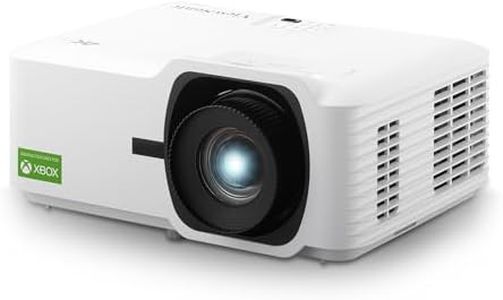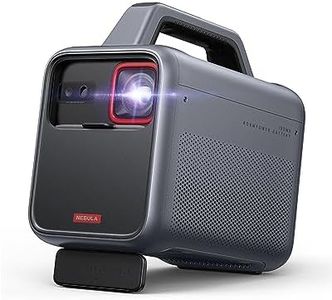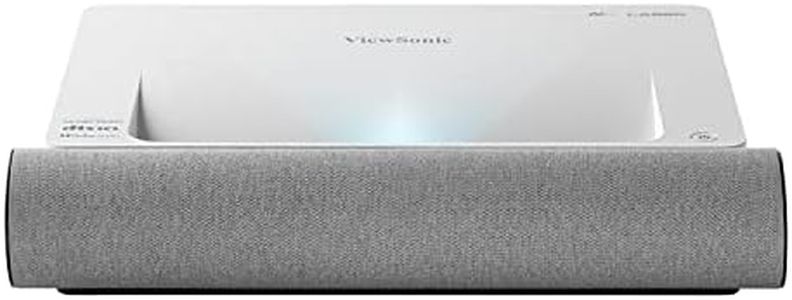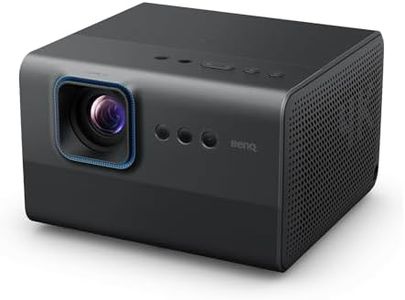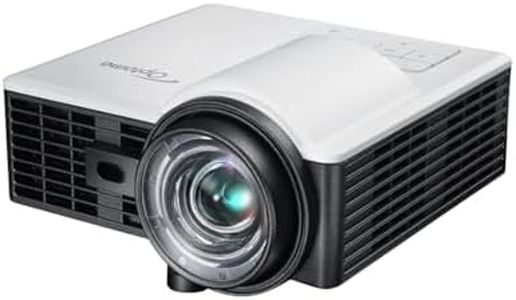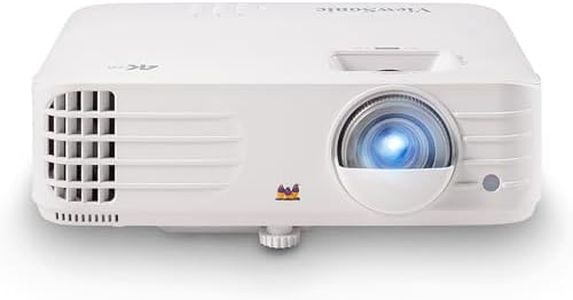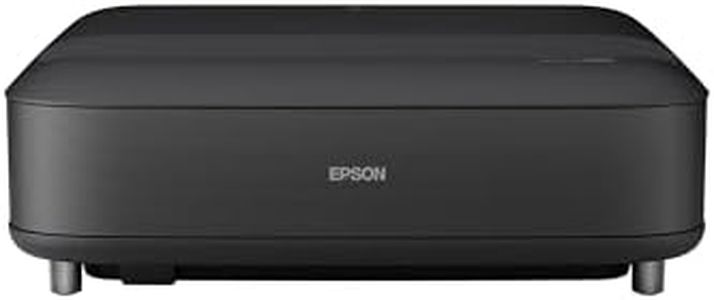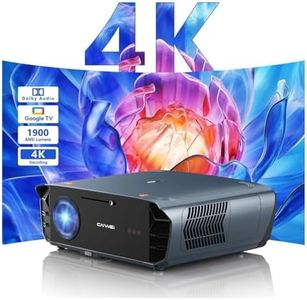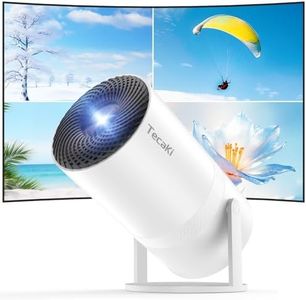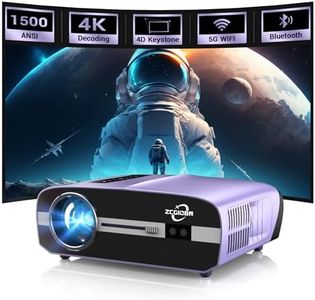We Use CookiesWe use cookies to enhance the security, performance,
functionality and for analytical and promotional activities. By continuing to browse this site you
are agreeing to our privacy policy
10 Best Daytime Projector
From leading brands and best sellers available on the web.Buying Guide for the Best Daytime Projector
Choosing a daytime projector is a bit different from picking a projector for a dark or controlled-light environment. During the day, with ambient light present, you need a device that can throw a visibly bright and clear image that doesn't get washed out. Beyond brightness, consider where you’ll use the projector, the size of image you’ll want, and your typical content – movies, presentations, or gaming. Understanding the key specifications will help you make a choice that fits your needs and ensures you get a satisfactory viewing experience, even in bright rooms.Brightness (Lumens)Brightness, measured in lumens, tells you how intense the projector's light output is. For daytime use, this is the most crucial spec since ambient light can easily make images appear faded or hard to see if the output is too low. Lumens can be broadly divided like this: below 2000 lumens is best suited for very dim rooms, 2000-3000 lumens handles some ambient light okay, but for clear visibility in well-lit rooms or in daylight, look for 3000 lumens or higher. If your room is particularly bright or you can’t control the lighting (lots of windows, no curtains), even higher may be better. Always match the lumen rating to your actual environment – the brighter the room, the more lumens you’ll want.
ResolutionResolution refers to the number of pixels the projector displays, affecting how sharp and detailed your images and videos will look. Common tiers are standard definition (SVGA/XGA), HD (720p), Full HD (1080p), and 4K. Higher resolution means crisper images, which becomes more important as your screen size goes up or if you sit close by. For daytime projectors, where details can get lost in brightness, a Full HD or better is generally recommended, especially for movies, gaming, or detailed presentations. If you just need to display basic slides or data, lower resolutions might suffice, but for most uses, aim for at least 1080p.
Contrast RatioThe contrast ratio is the difference between the darkest and brightest parts of the image. A higher contrast ratio means more depth and vibrant colors, but keep in mind that ambient daylight can reduce the perceived contrast a lot. In daytime use, even large contrast numbers might not matter as much as in a dark room, but a higher contrast ratio can still make your projector stand out by preserving some richness in your image. If you need your content to pop, choose a projector with a higher contrast ratio, but prioritize brightness first for daytime viewing.
Throw Distance and Screen SizeThrow distance tells you how far the projector needs to be from the screen to create a certain image size. Some projectors are 'short throw,' which means they can sit close to the screen and still display a big, clear image. Others might need to be placed further back. If you have limited space or need to avoid people walking through the image, look for short throw options. Think about your room size and where you'll place the projector to decide which throw distance works for you.
ConnectivityConnectivity covers the ports and wireless options available for plugging in your devices. Modern projectors often offer HDMI, USB, and audio ports, and sometimes wireless options like Wi-Fi or Bluetooth. Make sure the projector has connections to match your devices – such as laptops, media players, or gaming consoles – and consider wireless features if you want to stream content easily. Think about what you'll connect most often and select a model with compatible connections.
Built-in SpeakerMany projectors include an integrated speaker, though quality and loudness can vary a lot. For daytime settings, ambient noise can make weaker speakers hard to hear. If audio is important for your use – such as movies or presentations in larger spaces – check the speaker wattage or opt for a projector with an audio out port so you can connect to an external sound system. Decide how you’ll use sound and choose a projector that meets your audio needs.

